Since my initial reviews of the 35mm and 28mm f/1.4 Simera lenses, Thypoch has emerged as one of the most intriguing lens makers of the past few years. Their growing Simera lineup—which now includes 28mm, 35mm, 50mm, and 75mm f/1.4 lenses—has been consistently impressive. One of my personal favorite focal lengths for street and reportage photography is 21mm, so when Thypoch reached out about reviewing their upcoming Simera 21mm f/1.4, I was genuinely excited.
For me, a great 21mm lens must be sharp into the corners from f/4, virtually distortion-free for film work, and reasonably compact. Let’s take a look at how this latest Simera performs based on those criteria.
Mechanics and Haptics
As expected from Thypoch, the Simera 21mm build quality is excellent—especially considering the price point (more or less the same than the Nokton 21mm f1.4). While this isn’t a light or compact lens, it exudes craftsmanship. The fit and finish on a Leica M body are superb, with no play or wobble between parts.
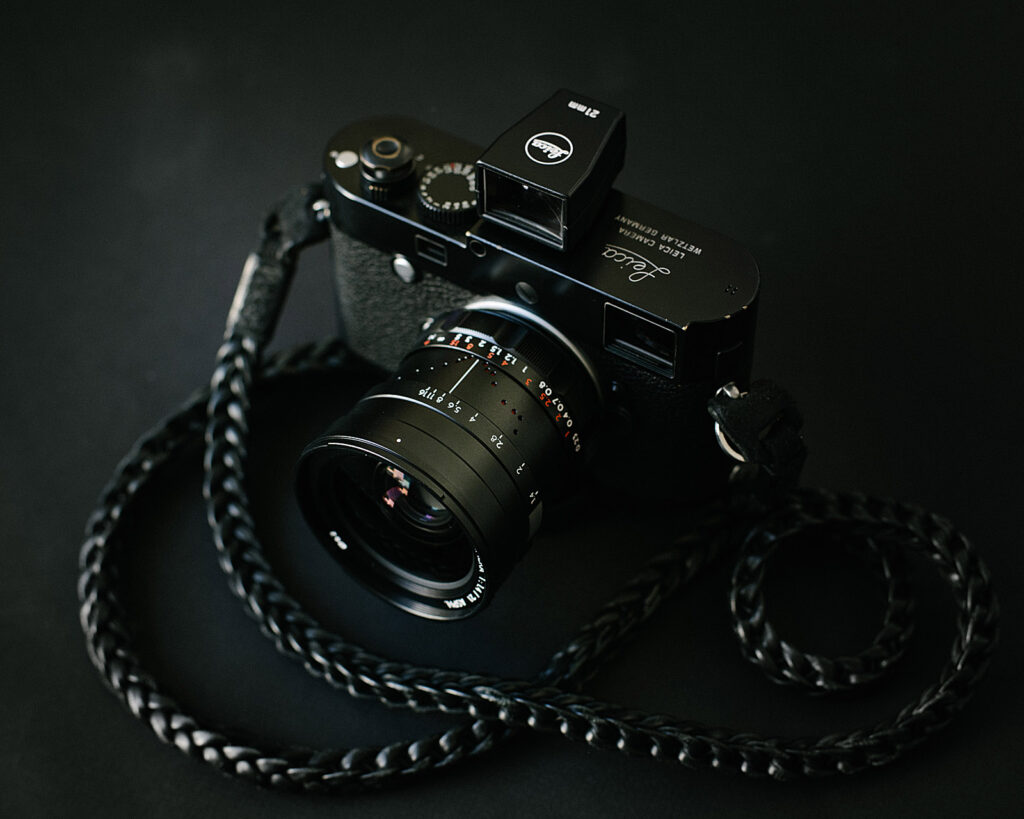
The Simera 21mm focus ring is perfectly dampened—slightly firm, allowing for very precise control. Like the other Simera lenses, this 21mm features an impressively close minimum focusing distance of 0.23m, far shorter than the typical 0.7m on M-mount lenses. This is particularly useful for a 21mm, where you often need to get in close to fill the frame. There’s also a tactile click that indicates when you exit the rangefinder-coupled range, which is a thoughtful touch.
However, as with other Simera lenses, the focusing throw from 0.7m to 0.23m is extremely short—so short that even the slightest adjustment significantly shifts focus. This can be frustrating for critical focusing at close range and takes some practice. That said, the ability to focus this closely is an outstanding feature that outweighs the learning curve.
One drawback is the lack of a focus tab. Instead, you grip the knurled focus ring directly. While the absence of an infinity lock is welcome, the ring itself feels a bit too small. Likely due to the inclusion of the hyperfocal scale, the focus barrel had to be shortened, and I often found myself searching for it—especially when using the lens on a Nikon Zf with an adapter. On an M body, this issue is less pronounced since the focus ring is naturally closer to your hand.
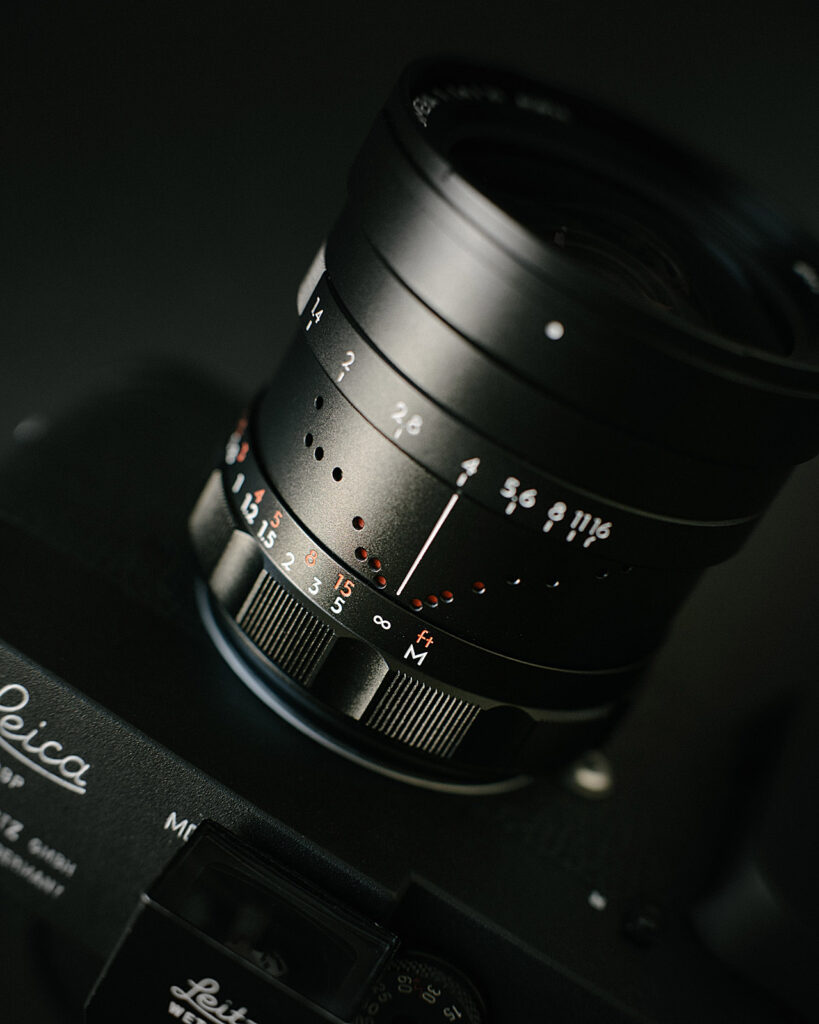
The Simera 21mm aperture ring feels familiar for those who’ve used other Thypoch lenses: clicked, nicely dampened, and with a de-clicking lever that now works more reliably than earlier iterations. I had issues with accidental de-clicking on the first Simera 35mm I tested, but not on this 21mm—another encouraging sign that Thypoch is listening to feedback.
One lingering issue, however, is the inconsistent spacing between f-stops. It still takes three clicks to go from f/1.4 to f/2, then from f/2 to f/2.8—followed by two clicks between f/4 and f/5.6, then f/5.6 to f/8, and single clicks beyond that. This forces you to look at the aperture ring rather than set it by feel. That could be improved.
The lens hood I received was silver, which didn’t match, but it’s very well-made. Unfortunately, using it prevents mounting a filter—something worth noting.
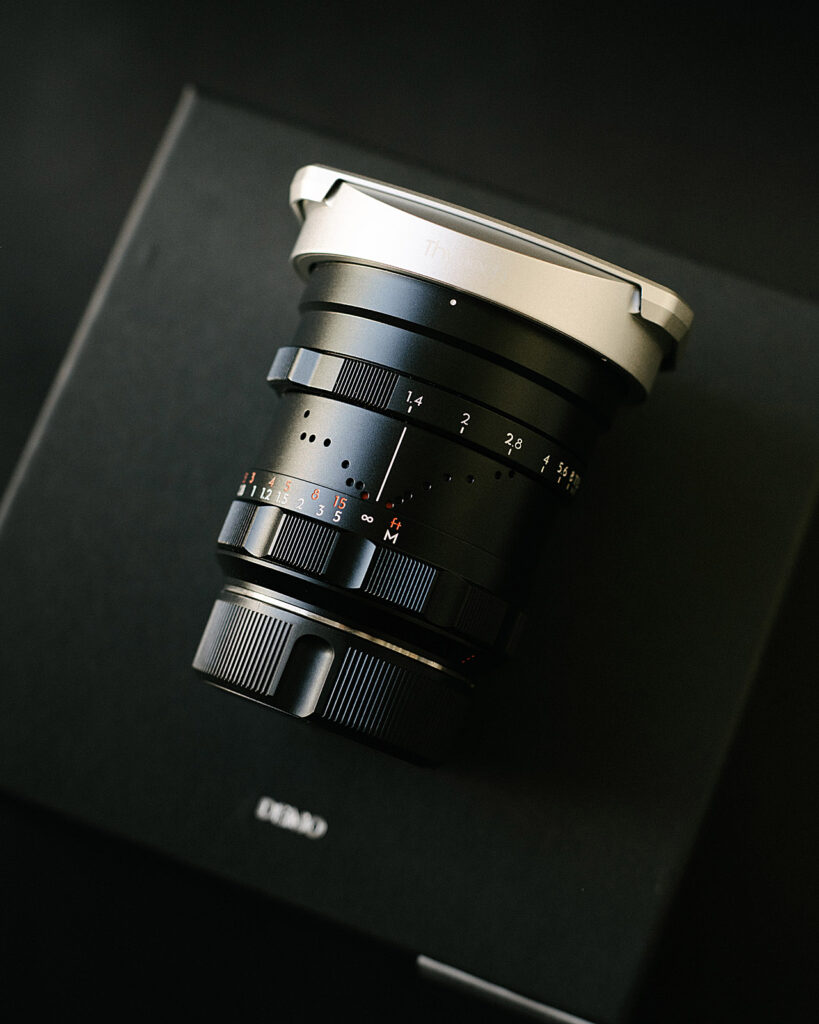
In terms of handling, the Simera 21mm balances well on mirrorless cameras like the Nikon Zf. On a Leica M, however, it feels noticeably front-heavy and less comfortable to use. It’s among the largest lenses I’ve mounted on the M system, but compared to other fast 21mm lenses, its size is still within reason.
Optical Performance
If the 28mm and 35mm Simera lenses impressed you, the 21mm won’t disappoint either. According to Thypoch’s diagrams and MTF charts, this is a modern high-performance lens—and real-world use backs that up.
Images are impressively sharp and contrasty across the aperture range. Wide open, the lens delivers pleasant bokeh, and the close focusing distance opens up creative possibilities rarely seen in M-mount 21mm lenses. Only the Voigtlander Nokton 21mm f/1.4 offers something comparable.
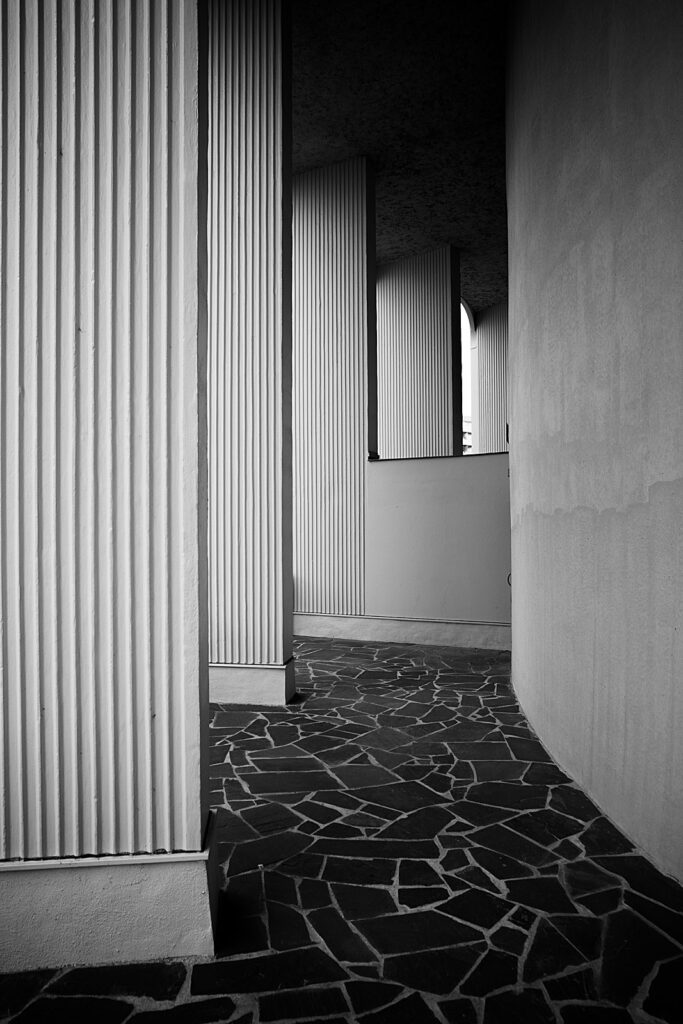
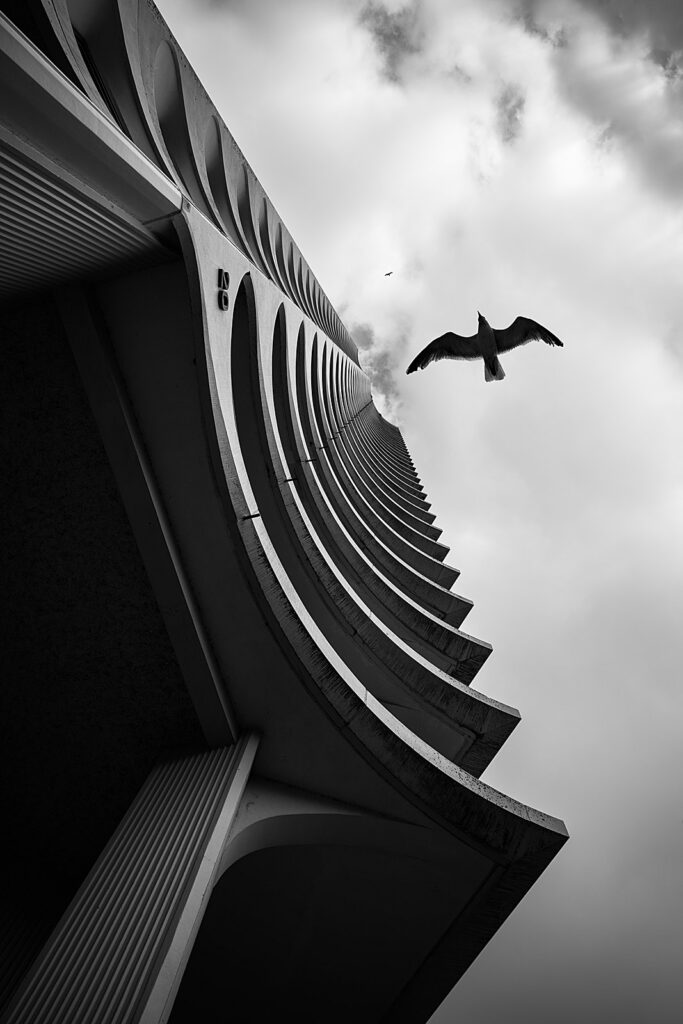

Distortion is very well controlled for such a wide-angle lens—so much so that it’s suitable even for architectural photography. In fact, distortion correction appears better than on the Zeiss Loxia 21mm f/2.8, which is saying something.
The one notable optical weakness of the Simera 21mm is vignetting. Light fall-off toward the corners is quite significant, even when stopped down to f/8 or f/11. For comparison, at f/4 the Simera shows more vignetting than the Loxia does at f/2.8. This could be an issue for film shooters, though digital photographers can easily correct it in post.
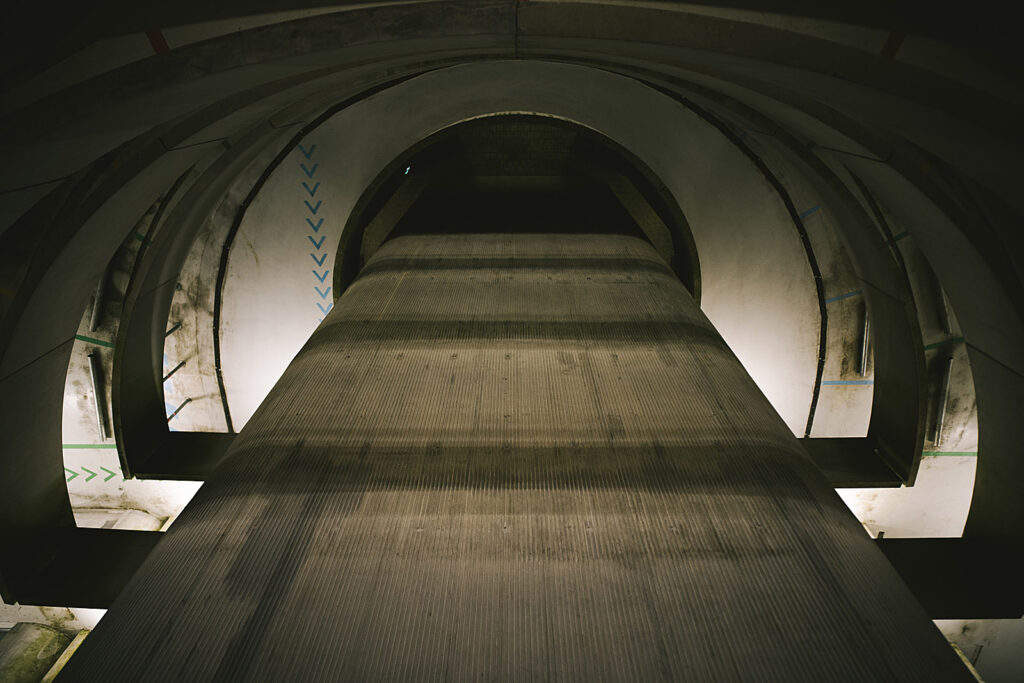
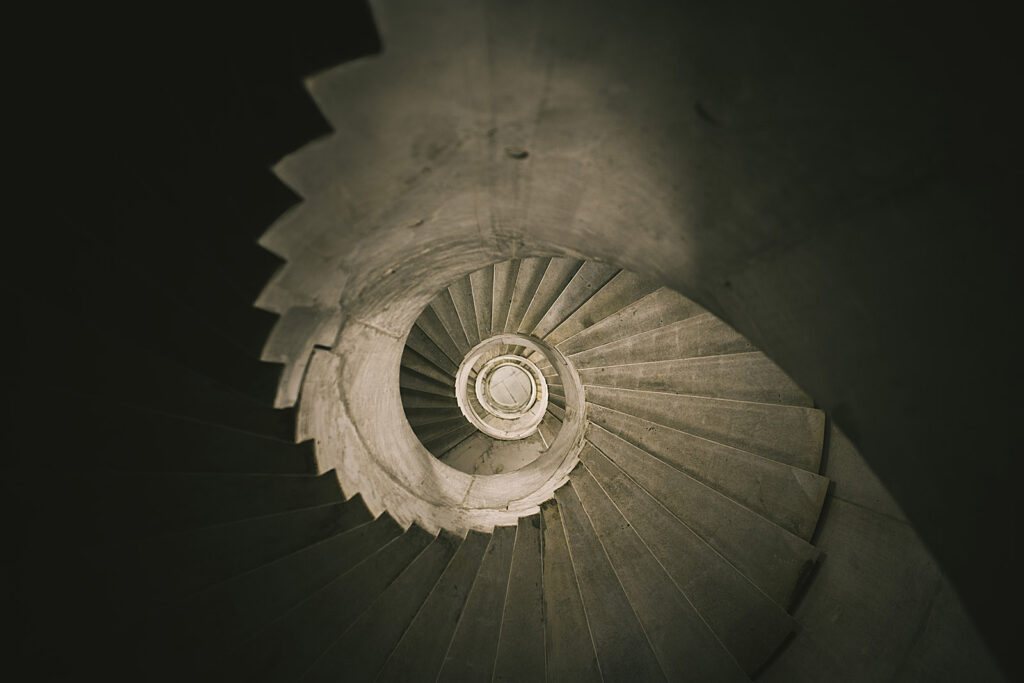

Aside from that, the Simera 21mm an extremely capable lens—especially in low-light scenarios, where it truly shines.
Simera 21mm Summary & Conclusion
Pros:
- Excellent build quality with premium feel
- Outstanding image sharpness and contrast
- Well-implemented close focus
- Precise rangefinder calibration
- Practically zero distortion, great for architecture
Cons:
- Heavier and bulkier than ideal (though not unusual for this class)
- Small focus ring could be improved
- Aperture clicks are unevenly spaced
- Strong vignetting across the aperture range
- No focus tab
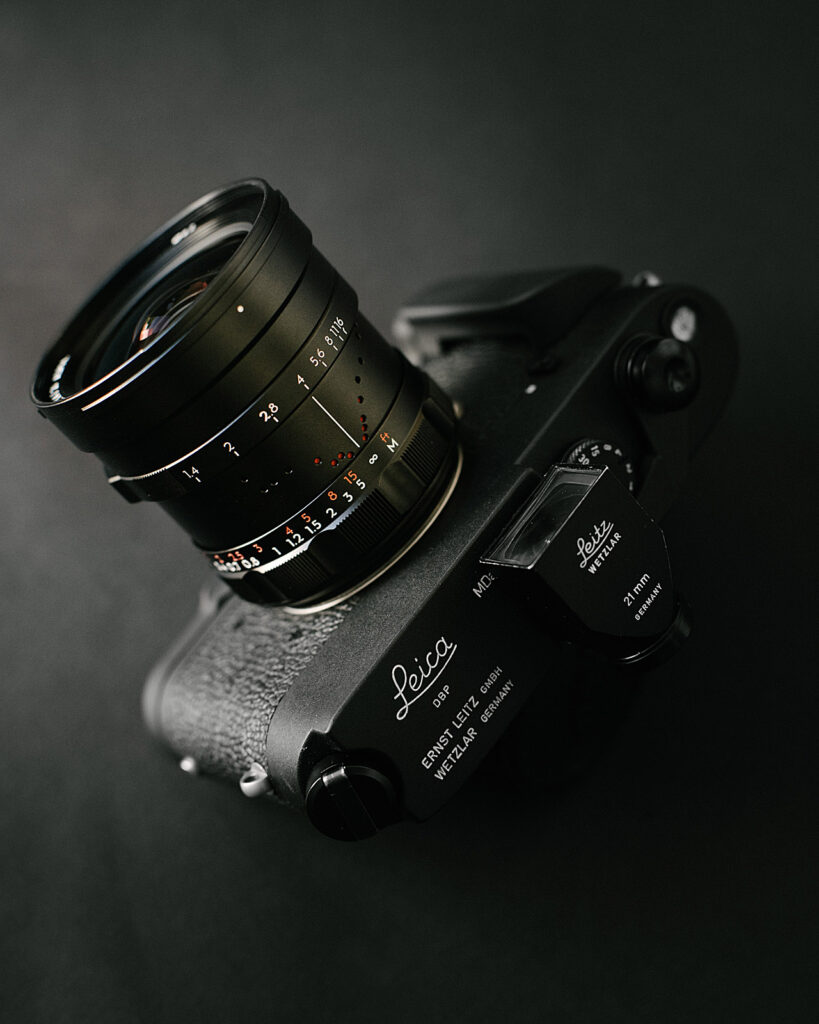
The Simera 21mm f/1.4 impresses on multiple fronts: it’s sharp, contrasty, distortion-free, and offers exceptional close focus. If you’re in the market for a fast 21mm, this lens could very well be your best option, so long as you’re okay with the vignetting. Digital users likely won’t mind it, but film shooters might. The only alternatives on the market will be the Voigtlander 21mm f1.4, which seems to be bigger, the TTArtisan 21mm f1.5 (that I reviewed here) which is much worse optically and the Leica Summilux 21mm which is said to be inferior to the Voigtlander in many ways, so I suppose to this Simera 21mm too.
As for my own use, I’m still debating whether I really need an f/1.4 lens at this focal length. It’s definitely valuable for low-light shooting—night street photography, astrophotography, music events, but for daytime use the speed is overkill as you most probably won’t even notice subject separation from 1m. In most cases, a smaller, lighter, more discreet lens like the Voigtlander Color Skopar, Leica Elmarit, Zeiss Biogon C, would be more practical being all much more compact options.
That’s why I consider the Simera 21mm f/1.4 a specialty lens. It’s not for everyone, but for those specific situations where its strengths shine, it’s a compelling tool, probably the best, and I am absolutely keeping mine in my kit for those moments.
More pictures
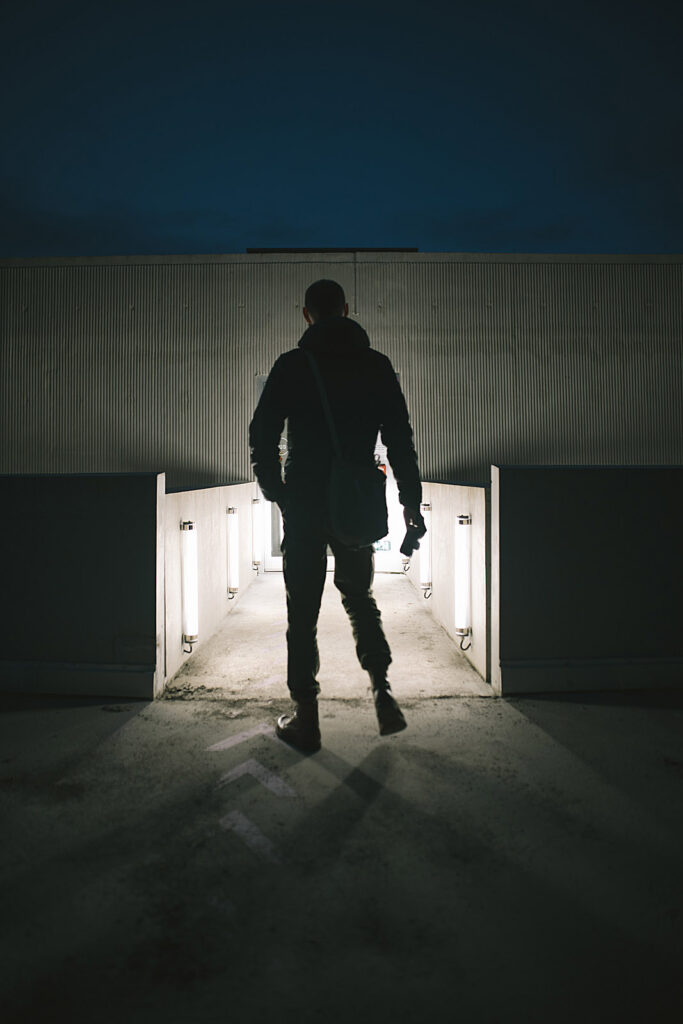
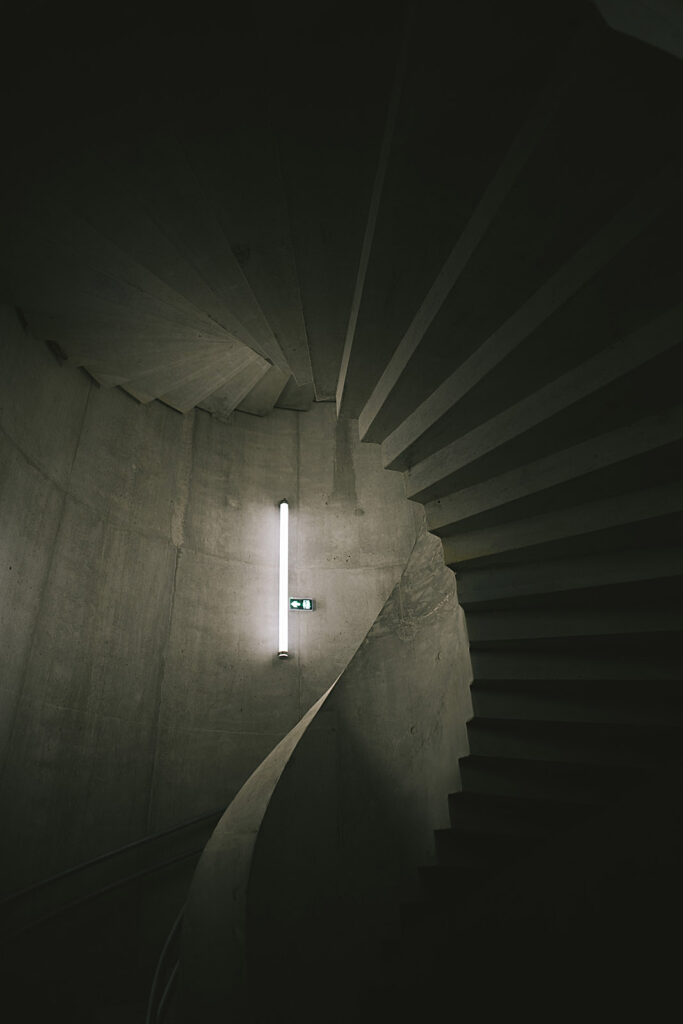
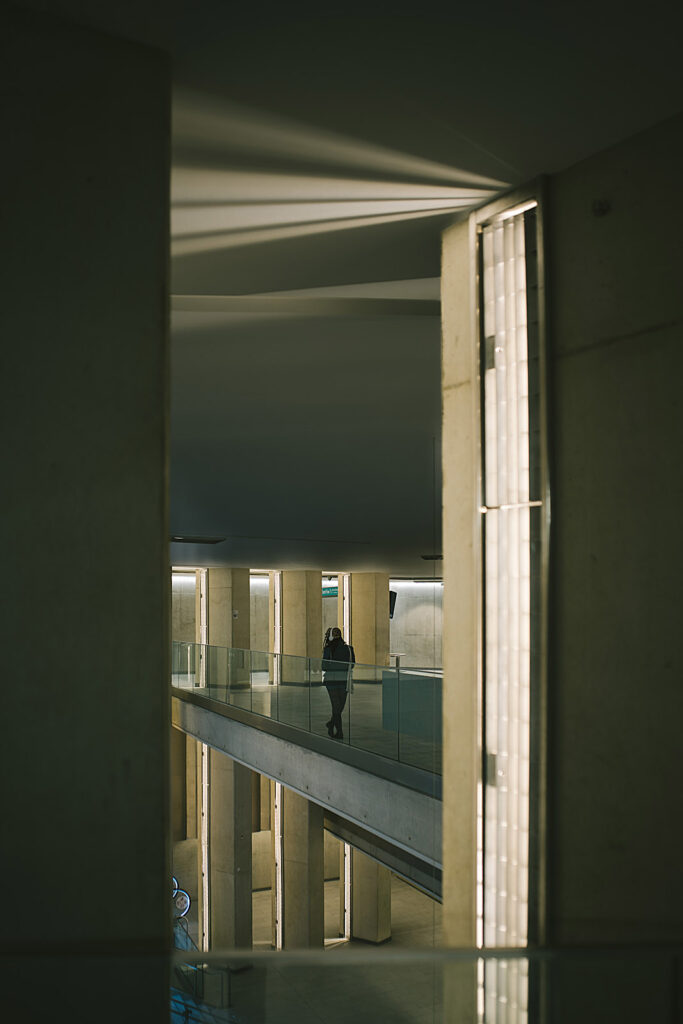
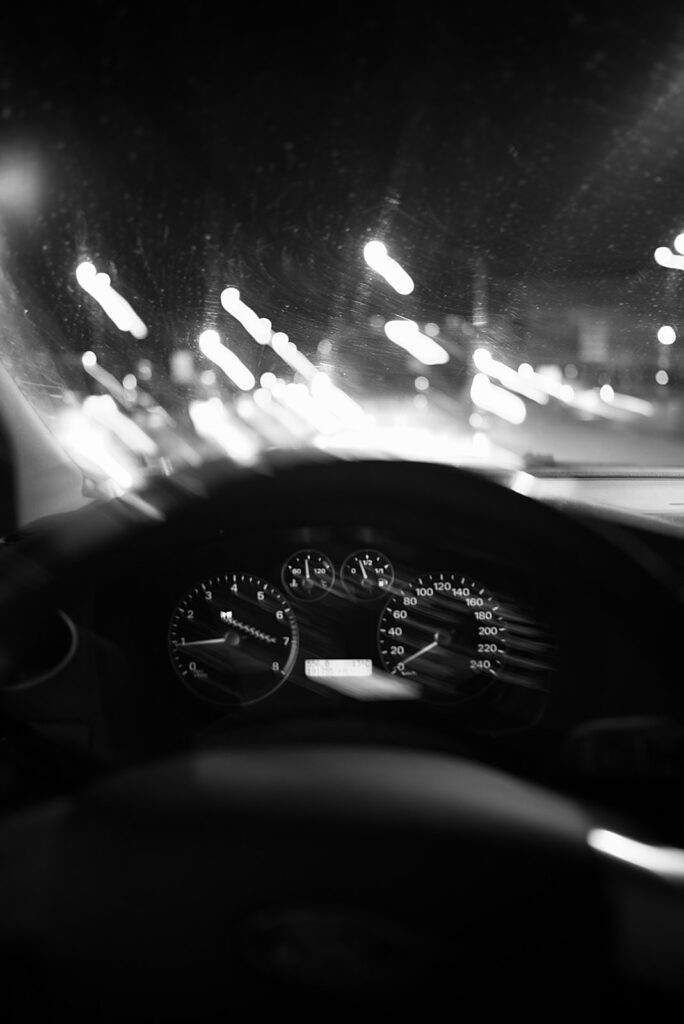

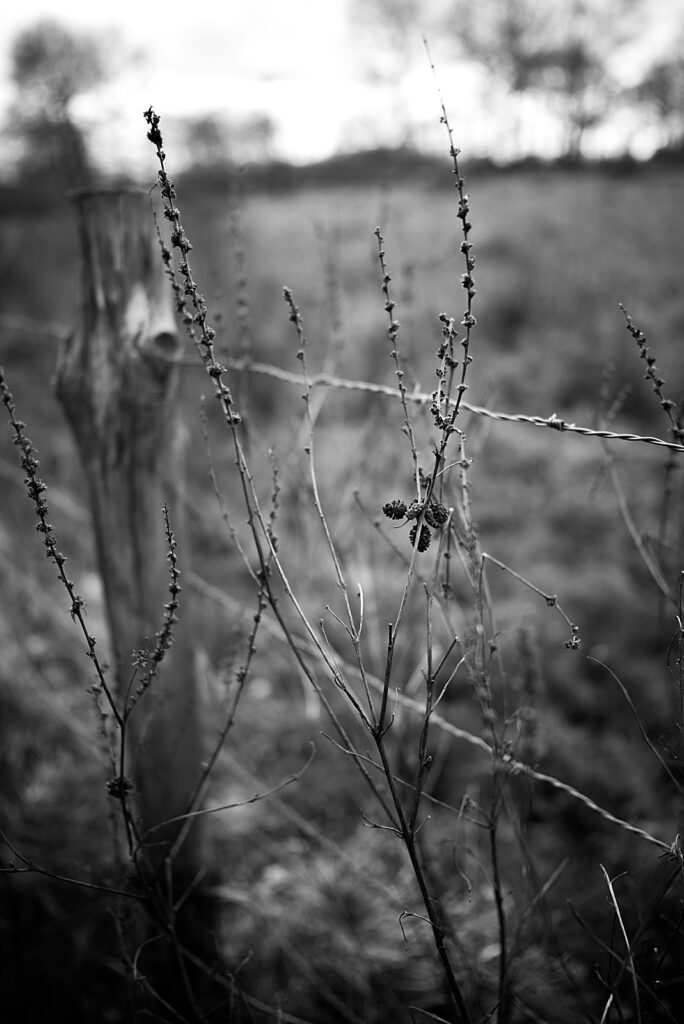
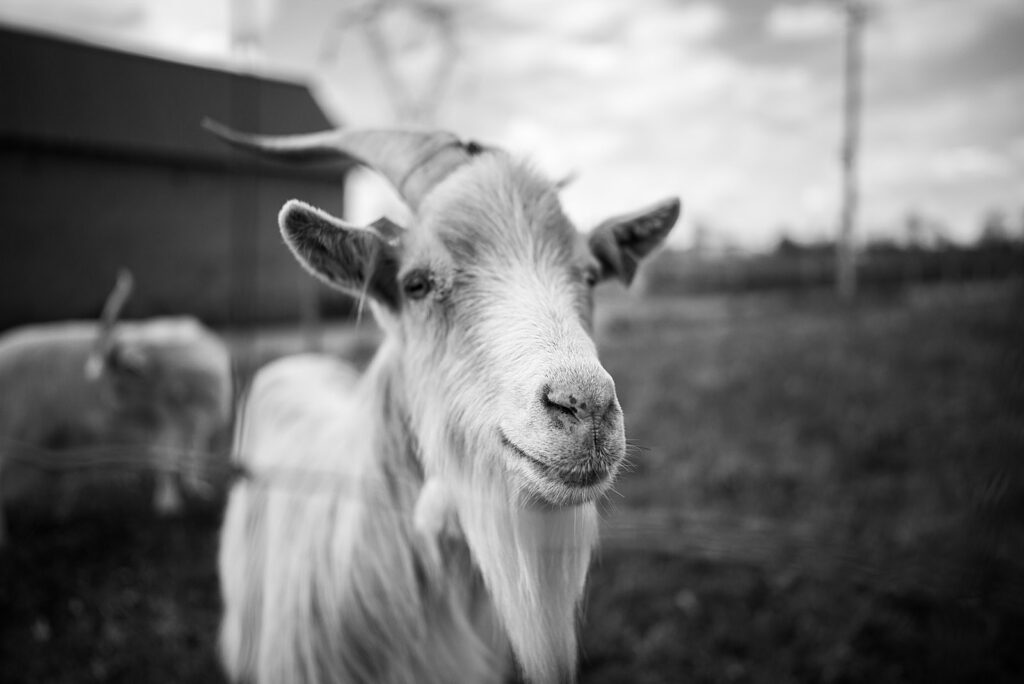
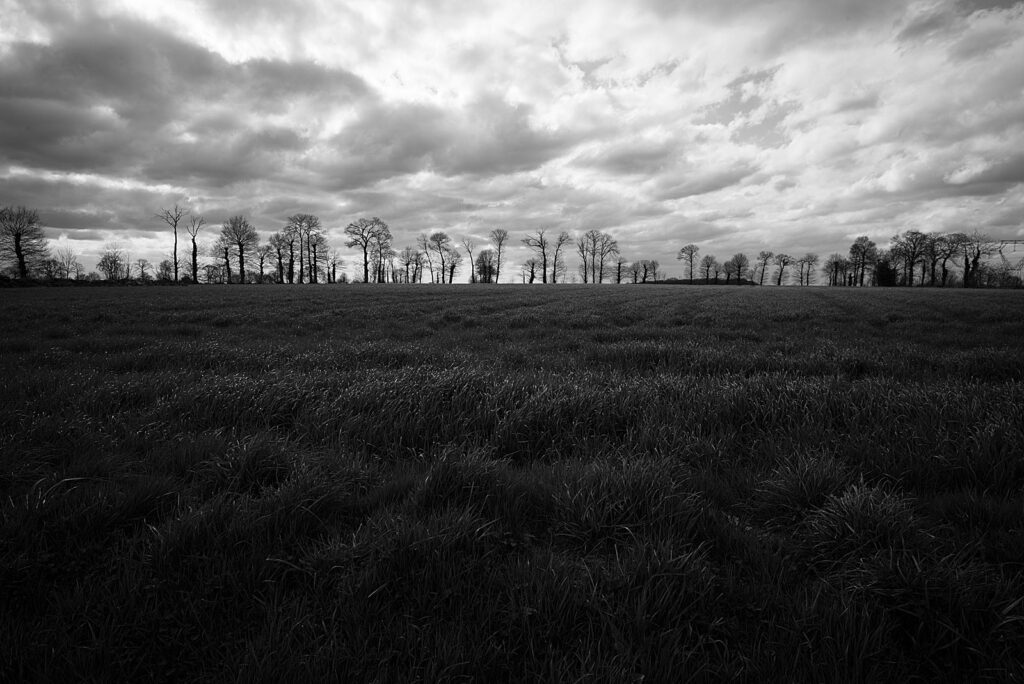
You can find more of my photography there on my instagram and my Kamerakraft accessories here.
Share this post:
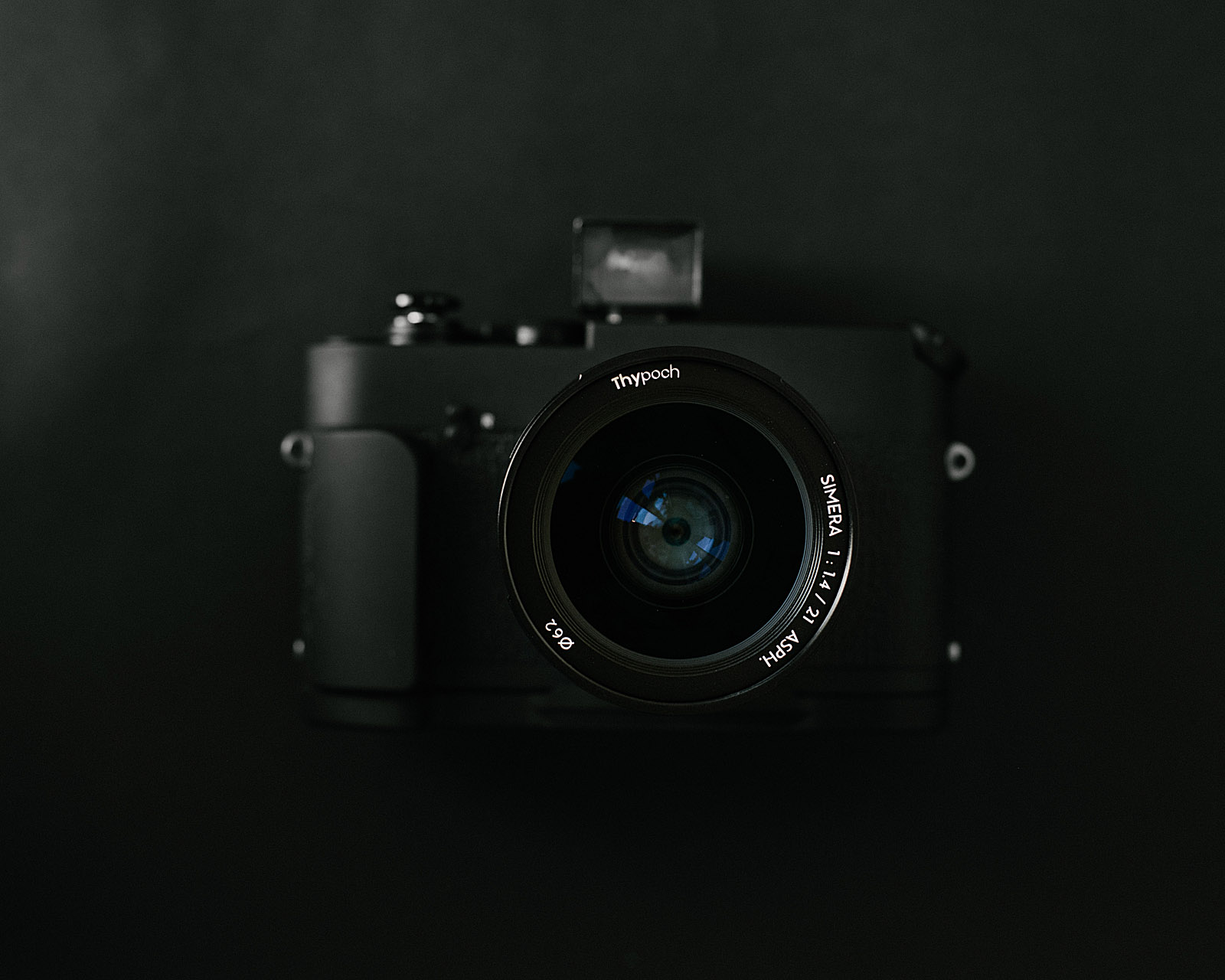
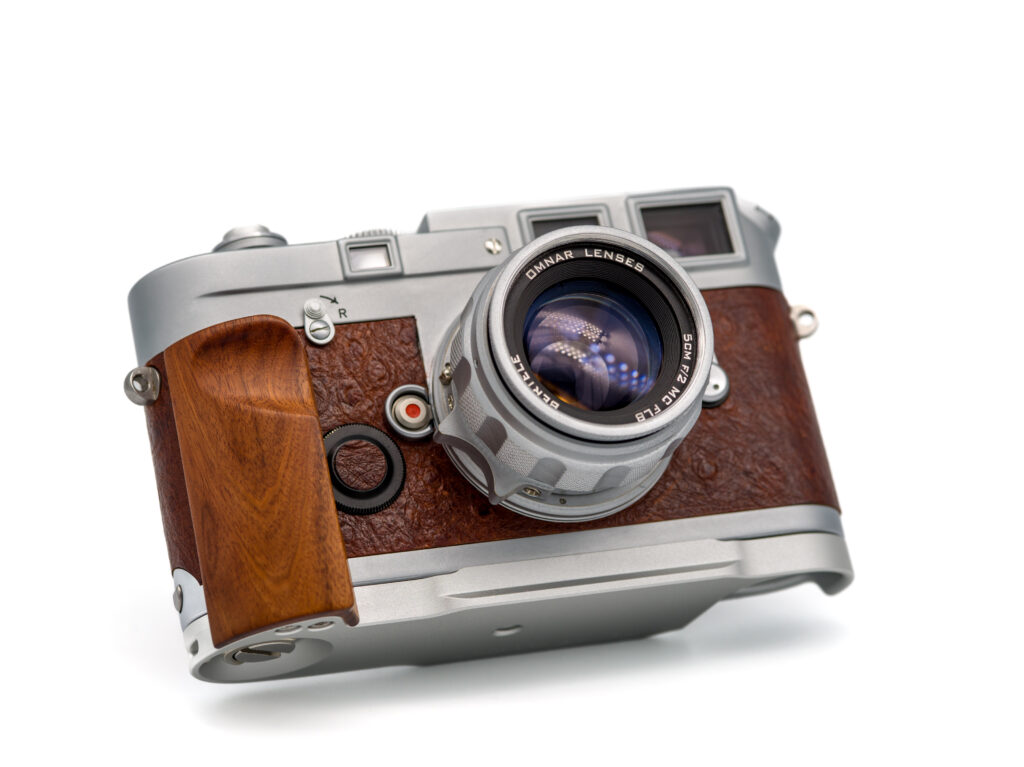
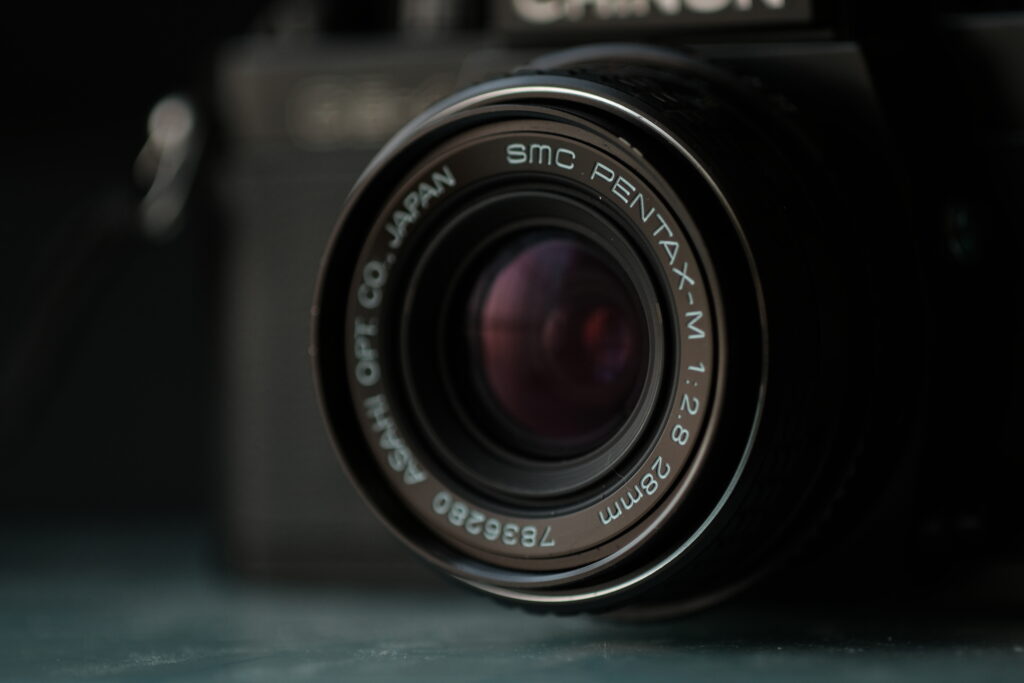
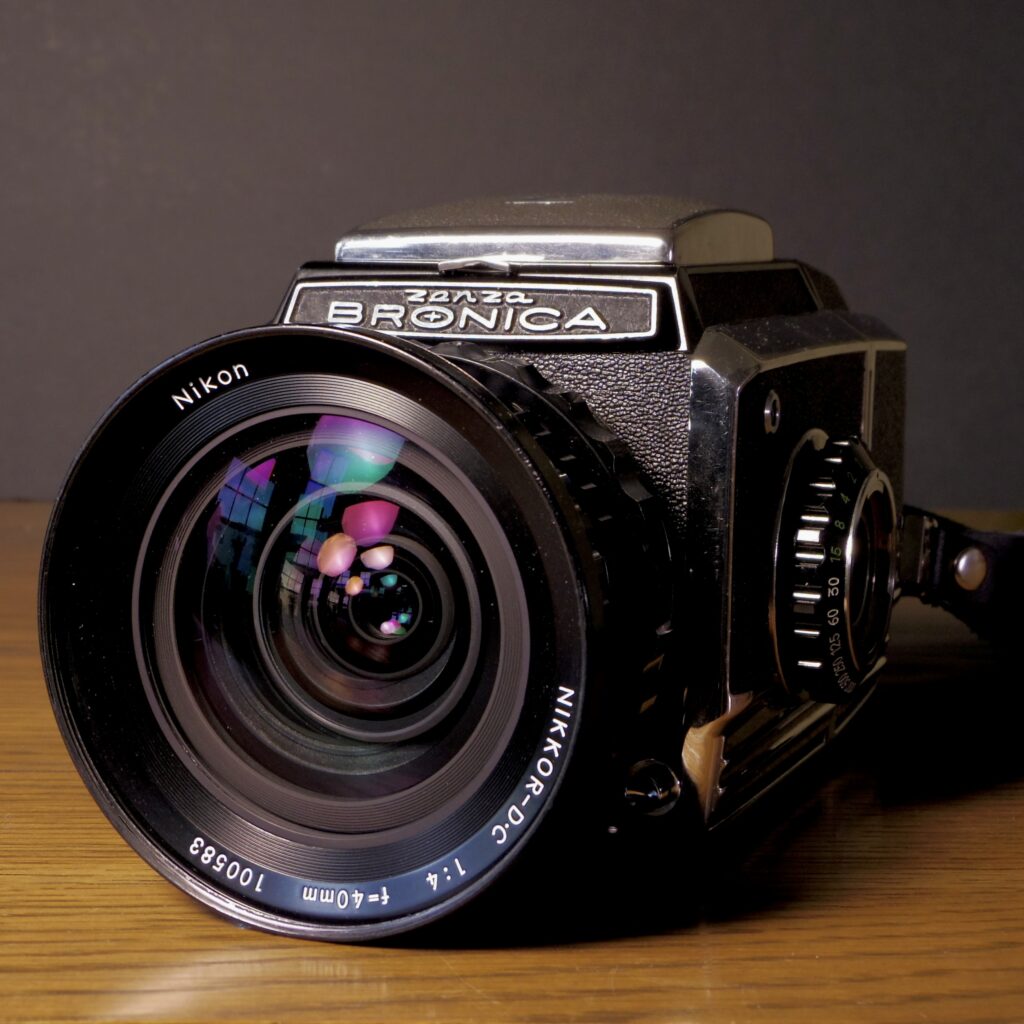

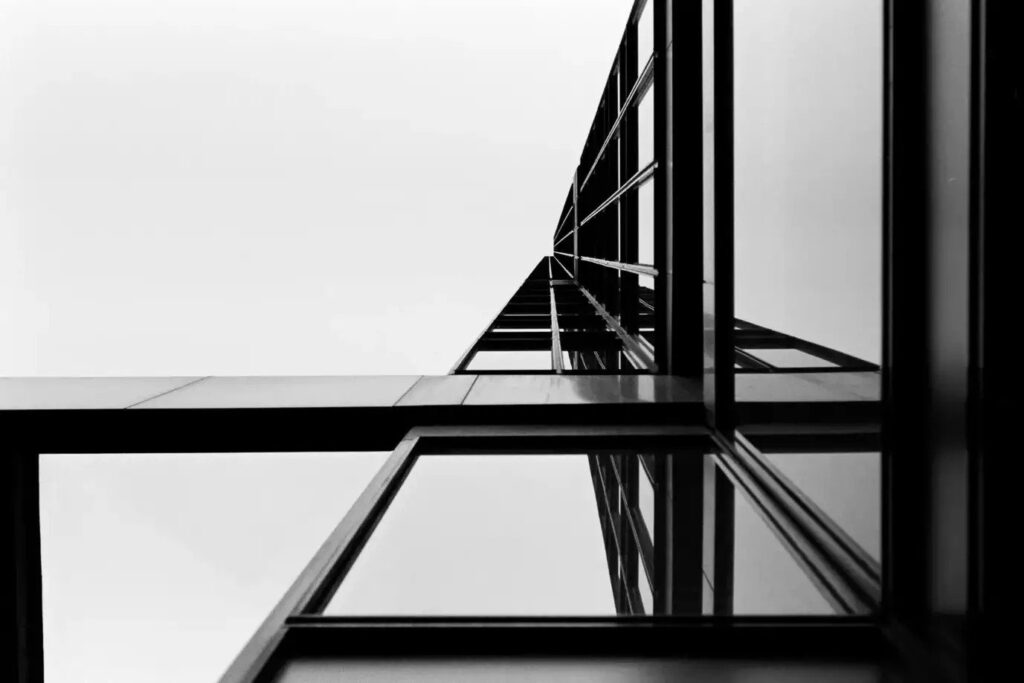
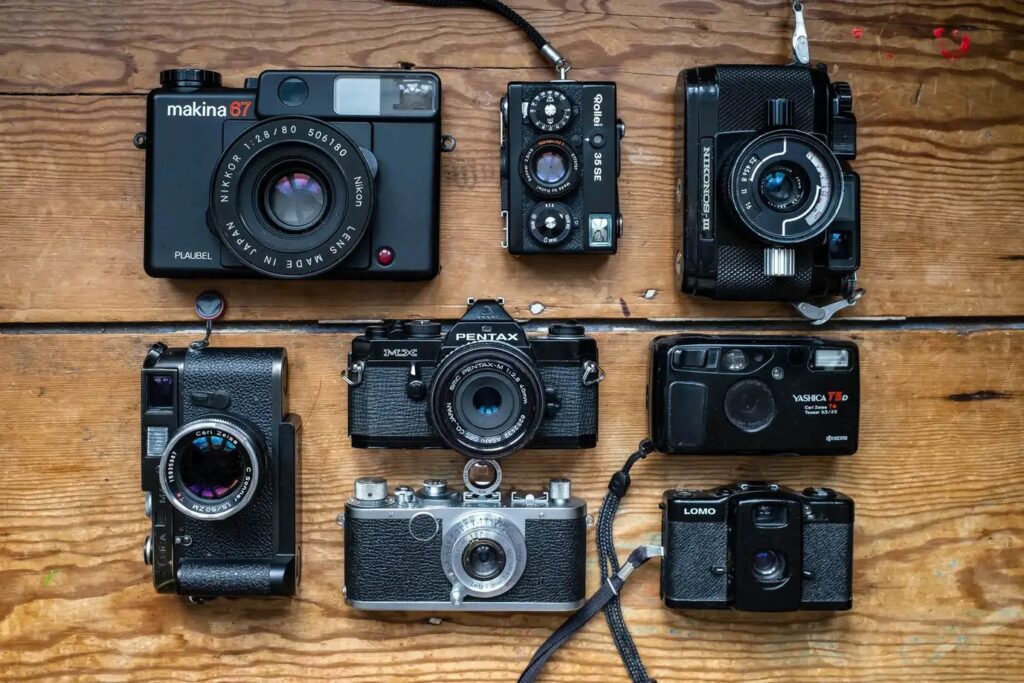
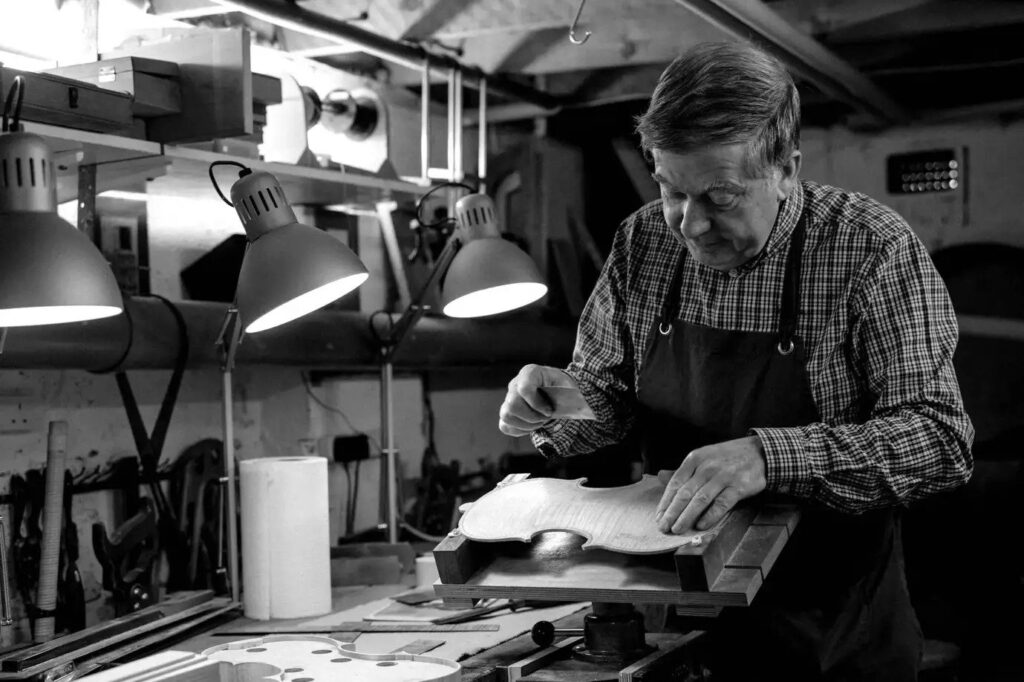
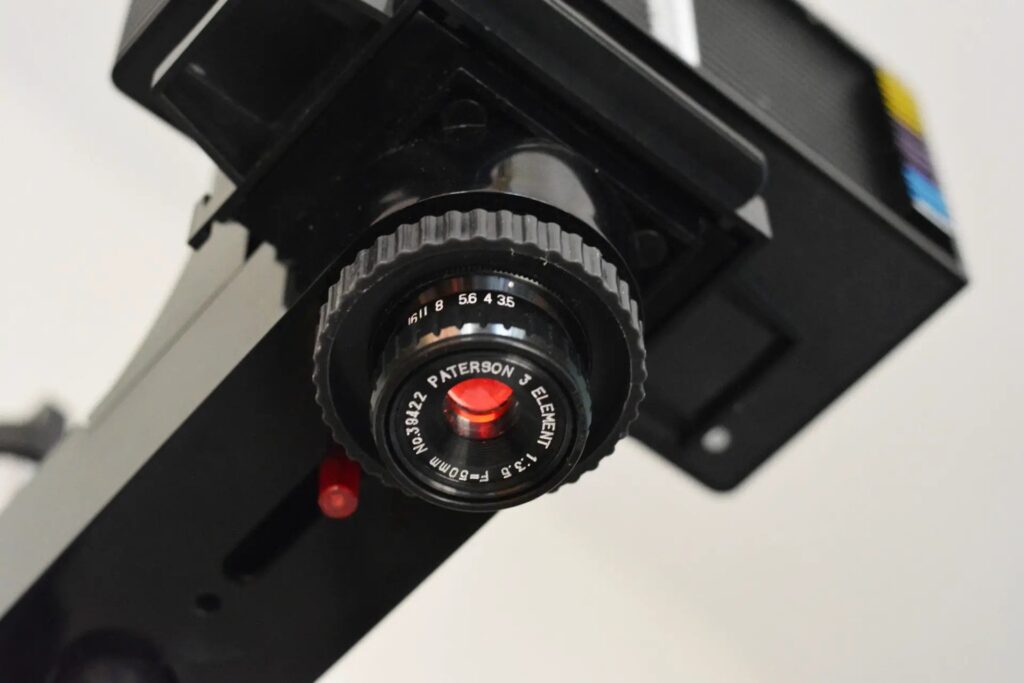
Comments
Ibraar Hussain on Thypoch Simera 21mm f/1.4 ASPH review
Comment posted: 23/06/2025
Out of curiosity, what camera location etc?
cheers
Comment posted: 23/06/2025
Comment posted: 23/06/2025
Gary Smith on Thypoch Simera 21mm f/1.4 ASPH review
Comment posted: 23/06/2025
Thanks for your review.
Comment posted: 23/06/2025
Comment posted: 23/06/2025